How to study for the family medicine clerkship? This is one of the tougher rotations to study for because there is no dedicated UWorld section. My first rotation of third year was family medicine. Some of the highlights of my rotation were seeing a patient wiht osteogenesis imperfecta (yes he had blue sclera and this condition is rare), counseling a newly diagnosed IBD patient on nutrition, seeing a patient with neurofibromatosis type I, and gaining exposure to patients with severe mental illnesses. Below are my tips for excelling in the rotation both clinically and on the shelf/OSCE examinations.
Typical Schedule
Most practices operate on an 8am-5pm schedule. You will see patients all morning, take a quick lunch, then see patients through the afternoon. Some practices have extended hours into the evening for patients who work or for urgent care. You should be provided with a schedule your first day. Always ask what your expectations are day 1, so you know what your preceptor expects from you in terms of seeing patients on your own, oral presentations, writing notes, and doing procedures.
My family medicine preceptor did a sports medicine fellowship, so many of our patients had sports injuries. This was great because in addition to seeing all the routine primary care chief complaints and physical exams, I learned how to do good joint exams and was able to do joint injections every day. I did rectal and testicular exams multiple times a day (remember you always need a chaperone). Other common procedures I was able to perform were joint aspirations, suturing up wounds, punch biopsies, pap smears, wart removal, and ear wax removal.
Tips for Success in the Family Medicine Clerkship
Show Up Prepared
Hopefully you will have access to the EMR and can prepare for the next day of clinic the night before. This involves reading through the patient’s medical history, making sure the patient is up to date on recommended immunizations, cancer screenings (mammogram, colonoscopy, etc.,), and if any important consult notes have been sent. You may be able to pre-write your notes and include everything you want to ask the patient and what health maintenance topics should be discussed. That way, you are much more organized when you enter the room and will have more time to discuss the patient’s concerns.
Learn from your patients
I am a huge fan of learning from patients, rather than only reading textbook articles and what you find on Step 2 CK resources. At least for me, it is much easier to remember a patient’s story than a bunch of words in a textbook. If your patient has a condition you are not familiar with, first read a little about the condition. Then, in the room, ask about how he or she presented, which labs or tests the patient had undergone, and the different treatments the patient has tried. You can look in the patient’s chart to see old notes about the patient’s presentation, labs, imaging, and treatment plans. This way, you have one full story about a condition and will have this patient ingrained in your mind.
Ask Questions
Family medicine is one of the only rotations you may be with the same attending for 4-6 weeks. Use the attending as your resource and learn from his or her experience. At the same time, ask your patients questions. Once you have developed rapport, your patient is more likely to share more details about their conditions. It also shows you care. What was it like to be diagnosed with multiple sclerosis? What were your symptoms initially like? Or, how are you coping with being on dialysis?
What You Need
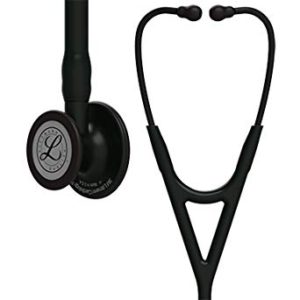
Stethoscope – I have this stethoscope (Littmann Cardiology IV) in burgundy and love it. This is the most popular stethoscope among medical students.
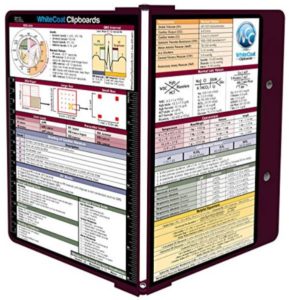
Medical Clipboard – I absolutely love this clipboard. It is perfect for keeping notes and taking histories, and it’s HIPAA compliant. Plus, it has lots of essential facts. Even better, it folds right up and fits in your white coat!
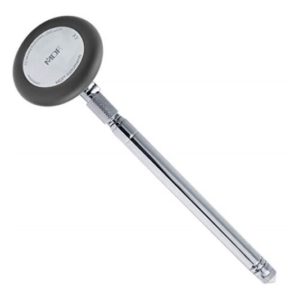
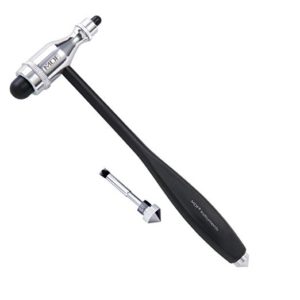
These two reflex hammers are very popular and easy to get reflexes on. I have the circular telescoping one, but the hammer one is also great! I was terrible at getting reflexes on the cheaper reflex hammers, and now it’s a breeze using these hammers.

Pen Light – so important and I love the rose gold!
Family Medicine Clerkship Resources
Step Up To Family Medicine – For those of you who like having high yield information all in one place, this is a great resource. It is a nice colorful book full of pictures and short, easy to digest paragraphs. I would read it during my breaks.
Case Files for Family Medicine: The Case Files series is very popular for shelf and OSCE prep. This is another good book to read between patients and if you’re tired at the end of the day but want to do a little studying. Each chapter is a short clinical vignette about a patient, then the clinical pearls about the symptoms, diagnosis, and treatment. It also goes into well visits for the various age groups and the health maintenance guidelines.
Pre-Test for Family Medicine: If doing practice problems is your most effective method of studying, this is your book. It has 500 board style questions and explanations and is another good resource to use during breaks.
The American Academy of Family Physicians has hundreds of free board review questions if you sign up for a free student membership. These questions are geared towards the family medicine board examination, but they are a great free resource. I did some of these questions.
Lastly, Online Med Ed is a great resource with videos and study sheets on commonly tested topics. I downloaded the audio onto my phone and would often listen to the recommended family medicine videos (from the study sheet) during my drives to the office. This equally prepares you for the shelf and OSCE.
NBME has great practice shelf exams, and many schools provide free vouchers. Aim to take one half way through the rotation to make sure you are passing and to get an idea of what the retired board questions are like.
My Study Techniques
Most of what I learned for the shelf and OSCE was “on the job” learning. My preceptor pimped me all day long and if I did not know the answer, he had me read to find the answer. I listened to all of the recommended Online Med Ed videos and did some of the Case Files, Step Up to Family Medicine, and AAFP questions. This clerkship will feel a little scary because there is no UWorld section to complete, but be confident that you will learn so much on the job. I was head coach of a swim team during my entire family medicine rotation (an extra 20 hours a week) and did not study much outside of my days at the office seeing patients. Plus if you have this rotation after surgery, pediatrics, or internal medicine, you will have already covered many of the topics.


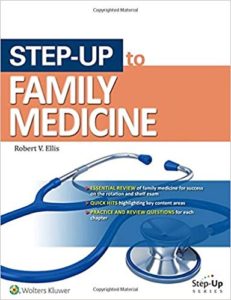
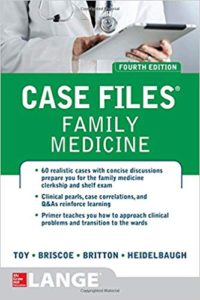
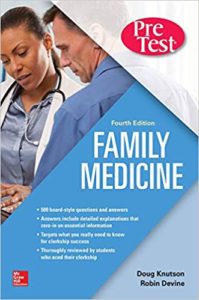
Leave a Reply